News
Is The Backlight Part of The Lcd Screen?
Is The Backlight Part of The Lcd Screen?
Content Menu
>> Cold Cathode Fluorescent Lamps (CCFL)
>> Light Emitting Diodes (LED)
>> Electroluminescent (EL) Backlights
● How Backlights Impact Display Performance
● Advancements in Backlight Technology
>> Quantum Dot Enhancement Film (QDEF)
● The Future of LCD Backlights
>> 1. What is the primary difference between LED and CCFL backlights?
>> 2. How does local dimming improve the display quality of LCD screen?
>> 3. What role does the light guide plate (LGP) play in LCD backlights?
>> 4. What are the advantages of using Quantum Dot Enhancement Film (QDEF) in LCD backlights?
>> 5. How do mini-LED and micro-LED backlights differ from traditional LED backlights?
Introduction
In today's digitally-driven world, Liquid Crystal Display (LCD) screen have become ubiquitous, serving as the primary visual interface for a vast array of devices, ranging from smartphones and laptops to televisions and digital signage. These screens owe their clarity and vibrant visuals to a complex interplay of various components, with the backlight being a critical element. The backlight is essential for illuminating the pixels on the screen, enabling users to see images clearly. Without a backlight, an LCD screen would remain dark and essentially unusable. This article delves into the critical role of backlights in LCD screen, exploring their function, types, impact on display performance, and technological advancements.
What is an LCD Backlight?
An LCD backlight is a light source device used to ensure brightness behind the LCD screen. Since LCD do not emit light on their own, they require an external light source to make the images visible. The backlight unit (BLU) is a fundamental component of an LCD module, providing the necessary illumination for the LCD to display images.
The Primary Function
The primary function of an LCD backlight is to provide a consistent and uniform light source that shines through the back of the LCD panel. This light passes through polarizing filters and the liquid crystal layer, where it is manipulated to create the images we see. The backlight enhances the display effect, increasing brightness and making images more vivid, especially in low-light environments.
Components of a Backlight
A typical LCD backlight unit comprises several key components:
- Light Source: This can be LED (Light Emitting Diodes), CCFL (Cold Cathode Fluorescent Lamps), or other light-emitting elements.
- Light Guide Plate (LGP): This component diffuses the light evenly across the screen.
- Reflector: Located behind the light source, the reflector redirects light toward the LGP to maximize efficiency.
- Diffuser Films: These films further scatter the light to ensure uniform illumination.
- Brightness Enhancement Films (BEF): These films enhance the light emitted towards the viewer, increasing the screen's brightness.
LCD Technologies
LCD (liquid crystal display) is a display technology that relies on the properties of liquid crystals to modulate light and create images. Here's a brief overview of how LCD generally work:
1. Backlight: LCD typically require a backlight to produce visible images because the liquid crystals themselves do not emit light. The backlight shines light through the LCD panel.
2. Polarizing Filters: The light from the backlight passes through a polarizing filter, which aligns the light waves in a specific direction.
3. Liquid Crystals: Liquid crystals are substances that can align themselves in response to an electric field. They are arranged in cells between two transparent electrodes.
4. Color Filters: Each pixel is divided into sub-pixels, with each sub-pixel having a red, green, or blue color filter. This allows the LCD to produce a wide range of colors.
5. Transparent Electrodes: These electrodes control the electric field applied to the liquid crystal cells. By varying the voltage applied to these electrodes, the orientation of the liquid crystals can be precisely controlled.
6. Image Formation: By controlling the amount of light that passes through each sub-pixel, the LCD can create a wide range of colors and shades, forming the image that is displayed on the screen.
Types of LCD Backlights
LCD backlights have evolved significantly over the years, with different technologies offering varying advantages and disadvantages. The primary types include:
Cold Cathode Fluorescent Lamps (CCFL)
- Description: CCFL backlights were widely used in older LCD. They consist of fluorescent lamps placed behind the LCD panel to provide white light.
- Advantages: CCFL are cost-effective and provide bright light with low power consumption.
- Disadvantages: They consume more power compared to LED, have a shorter lifespan, and contain mercury, posing environmental concerns. Additionally, CCFL are less effective in cold environments, with light output decreasing as the temperature drops.
Light Emitting Diodes (LED)
- Description: LED backlights are the most common type used in modern LCD. LED are small, energy-efficient semiconductors that emit light when an electric current passes through them.
- Advantages: LED offer numerous benefits over CCFL, including lower power consumption (typically 20-30% less), longer lifespan, greater reliability, and a wider color gamut. They are also lighter and cooler, contributing to slimmer and lighter display designs.
- Configurations: LED backlights come in two main configurations:
- Edge-Lit (ELED): LED are placed along the rim of the screen, and a light guide plate distributes the light across the display. This design allows for very slim screens, some less than 0.5 inches (13 mm) thick. Edge-lit configurations may support frame dimming (adjusting the brightness of the entire backlight) or local dimming (controlling brightness in vertical or horizontal zones).
- Direct-Lit (DLED) or Full-Array: LED are arranged in an array directly behind the screen at equally spaced intervals. This configuration can also support frame dimming or local dimming, often referred to as Full Array Local Dimming (FALD), where multiple LED clusters are individually controlled.
Fiber Optic Backlights
- Description: Fiber optic backlights utilize sheets of fiber optic woven cloth bundled to an LED or halogen light source.
- Advantages: They operate at low voltage and power, providing very uniform brightness. Fiber optic backlighting is ideal for custom display shapes and sizes.
- Disadvantages: This technology is more expensive compared to other options.
Electroluminescent (EL) Backlights
- Description: EL backlights consist of multiple material layers that emit light when an electric current (AC power) is applied.
- Advantages: EL backlights consume low power, emit no heat, and have a thin composition.
- Disadvantages: They require an inverter to generate the necessary VAC to emit light, limiting their application.
How Backlights Impact Display Performance
LCD backlights significantly influence several aspects of display performance, including brightness, contrast, color accuracy, and energy efficiency.
Brightness and Contrast
- Brightness: The backlight determines the overall brightness of the display. A brighter backlight makes the screen more visible in well-lit environments.
- Contrast: The type of backlight affects the display's contrast ratio. Direct-view backlights, for example, offer superior contrast and black levels compared to edge-lit backlights because they can control dimming more effectively, providing deeper blacks and brighter whites. Local dimming enhances contrast by dynamically controlling light intensity in specific areas of the screen, resulting in higher dynamic-contrast ratios.
Color Accuracy
- Color Gamut: High-quality backlights can produce a wider color gamut, making the colors on the screen more vibrant and true to life. This is particularly important for applications that require precise color reproduction, such as professional graphics work and video editing.
Energy Efficiency
- Power Consumption: Different backlight technologies have varying energy consumption levels. LED are generally more energy-efficient than CCFL, resulting in lower power consumption and longer battery life for portable devices.
Advancements in Backlight Technology
Ongoing innovations in backlight technology continue to improve LCD display. Some key advancements include:
Mini-LED Backlights
- Description: Mini-LED backlights use thousands of tiny LED to provide more precise control over local dimming zones.
- Advantages: This technology enhances contrast ratios and HDR (High Dynamic Range) performance, resulting in more detailed and lifelike images.
Micro-LED Backlights
- Description: Micro-LED backlights utilize microscopic LED, each capable of emitting light and color independently.
- Advantages: Micro-LED offer superior contrast, brightness, and energy efficiency compared to traditional LCD backlights. They also eliminate the need for a separate backlight unit, leading to ultra-thin display.
Quantum Dot Enhancement Film (QDEF)
- Description: QDEF technology uses quantum dots to enhance the color purity and brightness of LED backlights.
- Advantages: Quantum dots can convert blue light from LED into purer red and green light, resulting in a wider color gamut and more accurate color reproduction.
Local Dimming Zones
- Description: Local dimming involves controlling the brightness of specific areas on the screen.
- Advantages: By dimming the backlight in dark areas and increasing it in bright areas, local dimming significantly improves contrast ratios and reduces the "blooming" or "halo" effect around bright objects on dark backgrounds. Studies suggest that subjectively perceived visual enhancement levels off at around 60 LCD local dimming zones.
The Future of LCD Backlights
The future of LCD backlights is geared towards greater energy efficiency, improved color accuracy, and enhanced contrast ratios. Emerging technologies like mini-LED and micro-LED backlights promise to deliver even more impressive display performance. As these technologies mature and become more cost-effective, they are expected to become more prevalent in a wide range of LCD devices.
Conclusion
In summary, the backlight is an indispensable component of the LCD screen. It provides the necessary illumination for images to be visible, influences display performance in terms of brightness, contrast, and color accuracy, and continues to evolve with technological advancements. From the early days of CCFL backlights to the modern era of LED, mini-LED, and micro-LED technologies, the backlight remains a critical area of innovation in display technology. As display technology advances, backlights will continue to play a crucial role in delivering high-quality visual experiences across various devices.
Relevant Questions
1. What is the primary difference between LED and CCFL backlights?
LED (Light Emitting Diode) backlights consume less power, have a longer lifespan, and are more reliable compared to CCFL (Cold Cathode Fluorescent Lamp) backlights. LED backlights also offer a wider color gamut and are more environmentally friendly.
2. How does local dimming improve the display quality of LCD screen?
Local dimming improves display quality by dynamically controlling the brightness of specific areas on the screen. This enhances the contrast ratio, making dark areas darker and bright areas brighter, and reduces the halo effect around bright objects on dark backgrounds.
3. What role does the light guide plate (LGP) play in LCD backlights?
The light guide plate (LGP) is used to evenly distribute light across the screen. It diffuses the light emitted by the light source (LED or CCFL) to ensure uniform illumination of the LCD panel.
4. What are the advantages of using Quantum Dot Enhancement Film (QDEF) in LCD backlights?
Quantum Dot Enhancement Film (QDEF) enhances the color purity and brightness of LED backlights. Quantum dots convert blue light from LED into purer red and green light, resulting in a wider color gamut and more accurate color reproduction.
5. How do mini-LED and micro-LED backlights differ from traditional LED backlights?
Mini-LED backlights use thousands of tiny LED to provide more precise control over local dimming zones, enhancing contrast ratios and HDR performance. Micro-LED backlights utilize microscopic LED that emit light and color independently, offering superior contrast, brightness, and energy efficiency. Unlike traditional LED backlights, micro-LED eliminate the need for a separate backlight unit.
DINGTouch :Committed to continuous innovation and improvement of product quality to meet customers' high requirements and expectations.
DINGTouch is a manufacturer that provides high quality touch screen panels. Focus on the design, manufacturing and sales of touch screen panels, and are committed to providing customized solutions that satisfy customers.
DINGTouch: In the process of customizing touch screen panels, we focus on close cooperation and communication with customers. Understanding customers' needs and providing customized solutions will meet customers' individual needs. The company's products are favored by customers for their high quality and reliability, and provide them with the best touchscreen panel solutions.
DINGTouch :Committed to continuous innovation and improvement of product quality to meet customers' high requirements and expectations.
DINGTouch is a manufacturer that provides high quality touch screen panels. Focus on the design, manufacturing and sales of touch screen panels, and are committed to providing customized solutions that satisfy customers.
DINGTouch: In the process of customizing touch screen panels, we focus on close cooperation and communication with customers. Understanding customers' needs and providing customized solutions will meet customers' individual needs. The company's products are favored by customers for their high quality and reliability, and provide them with the best touchscreen panel solutions.
At DINGTOUCH, we are the world's leading touchscreen manufacturer, helping businesses around the world take advantage of this exciting technology. For more information, please visit the home page now.
Find the DINGTouch technical team to achieve the success of your company's new project.
DINGTouch is a company specializing in the R&D and production of touch screen technology, headquartered in Shenzhen, China. As a professional touch screen supplier, DINGTouch is committed to providing high-quality, stable and reliable touch screen products to meet the diverse needs of customers. We continue to carry out technological innovation and product optimization to ensure that its touch screen products have good sensitivity, accuracy and durability.
In addition to the products themselves, we also focus on cooperation and communication with customers, and are committed to providing customized solutions and excellent after-sales services. Through continuous efforts to improve product quality and customer satisfaction, we have established a good reputation in the touchscreen industry and won widespread market recognition.
In addition to the products themselves, we also focus on cooperation and communication with customers, and are committed to providing customized solutions and excellent after-sales services. Through continuous efforts to improve product quality and customer satisfaction, we have established a good reputation in the touchscreen industry and won widespread market recognition.
What DINGTOUCH can do:
• PCAP maximum size 65”
• Multi-touch (Touch screen can be customized to your needs.)
• Optical bonding service/air bonding
• LCD interface: HDMI/RGB/MIPI/LVDS/EDP, etc.
• PCAP interface: IIC/USB interface
• CTP can customize the cover glass surface treatment process AG (anti-glare), AR (anti-reflection), AF (anti-fingerprint), waterproof, and glove touch
• Supports 0.55 mm-12 mm coverslip touch.
• Support operating temperature: -40℃-90℃.
Dingtouch Industrial Capacitive Touch Screen Manufacturer
In conclusion, Dingtouch as a professional touch screen manufacturer with more than 10 years touch screen experience.We have many capacitive touch screen. Such as5 inch touch screen,7 inch touch screen,10.1inch touch screen,15 inch touch screen,15.6 inch touch screen,17 inch touch screen,18.5 inch touch screen,19 inch touch screen,21.5 inch touch screen,32 inch touch screen, However, we also welcome to customize your own touch screen . Contact our team today to learn what capacitive touch screen are best for our retail business needs.
Contact us NOW! sales@szdingtouch.com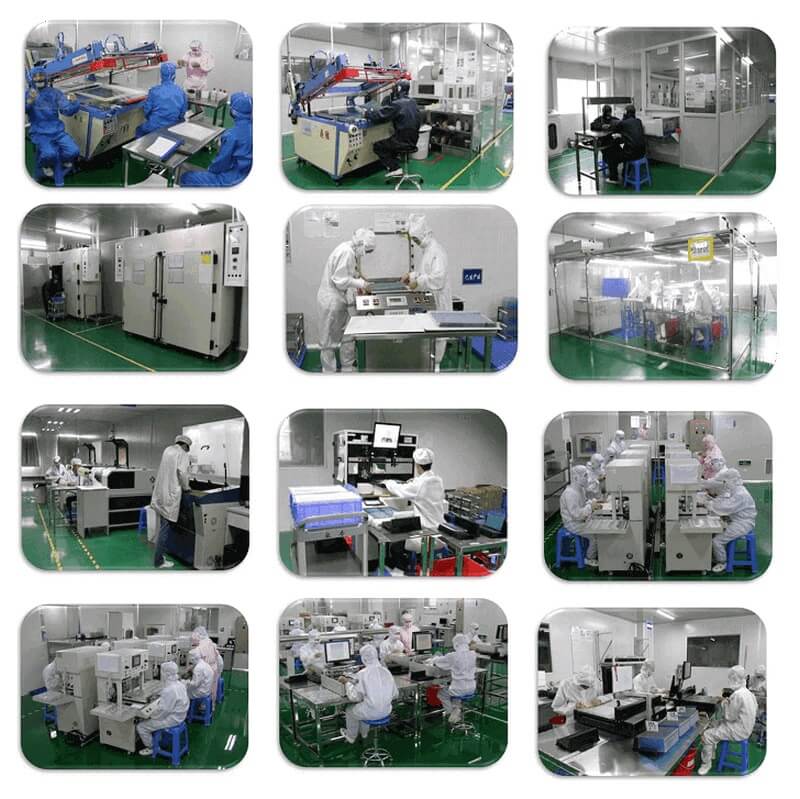
CATEGORIES
CONTACT US
Contact: Dingtouch
Phone: +8615815536116
Tel: +8615815536116
Email: sales@szdingtouch.com
Add: Building A, Bailu Plaza, No. 48, Gonghe Industrial Road, Gongle Community, Xixiang Street, Baoan District, Shenzhen,China. 518126

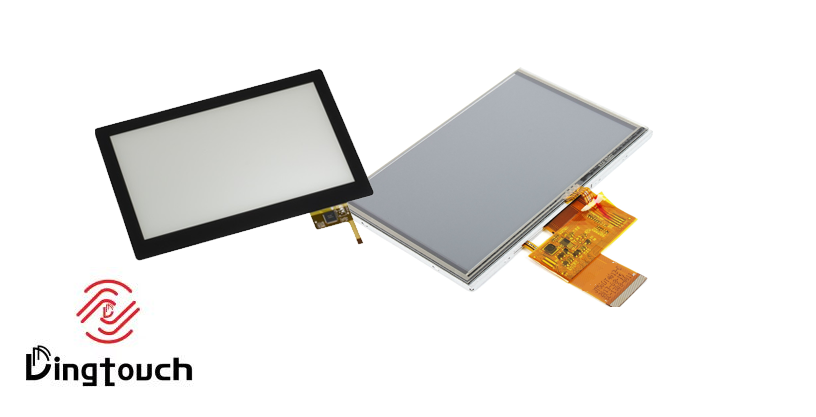
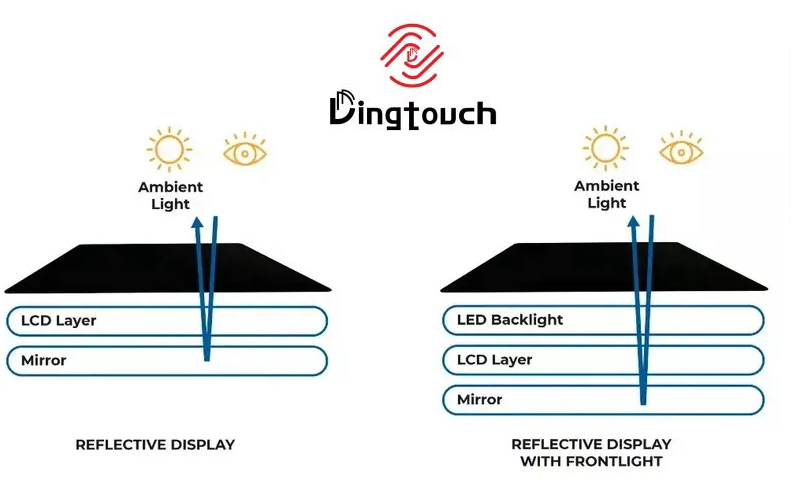
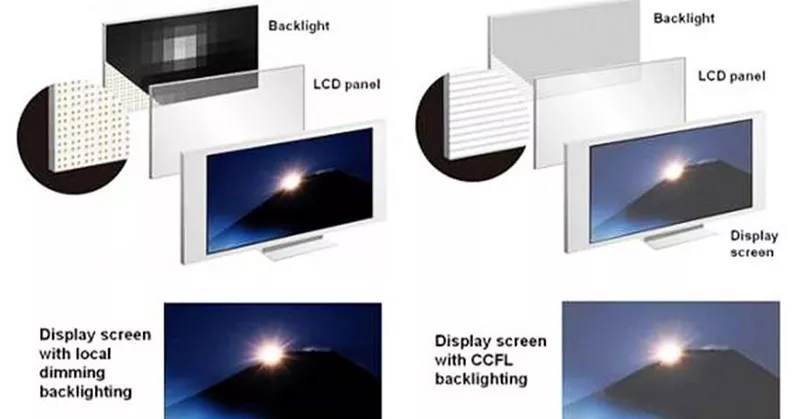
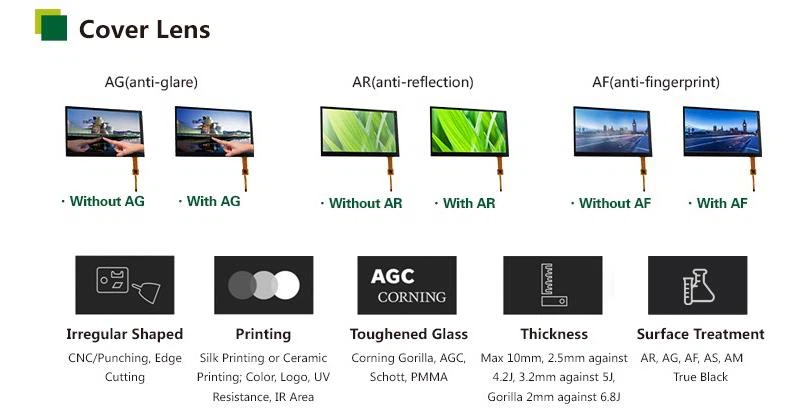
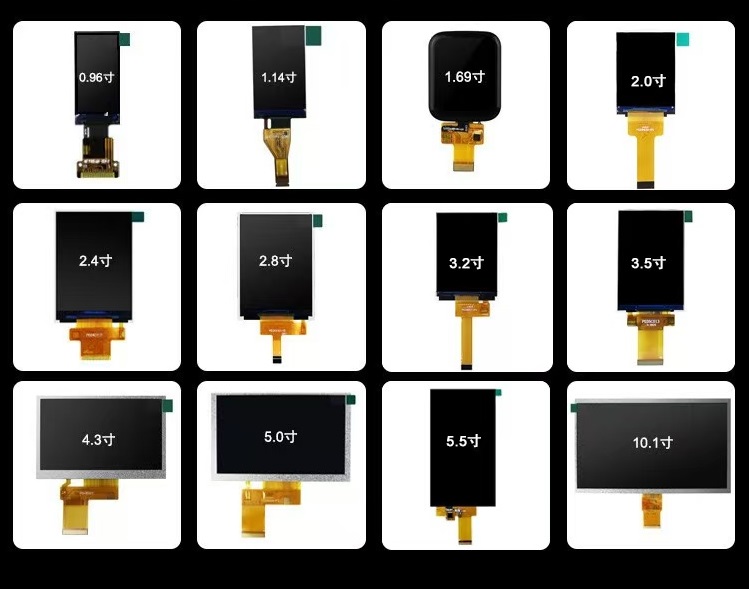
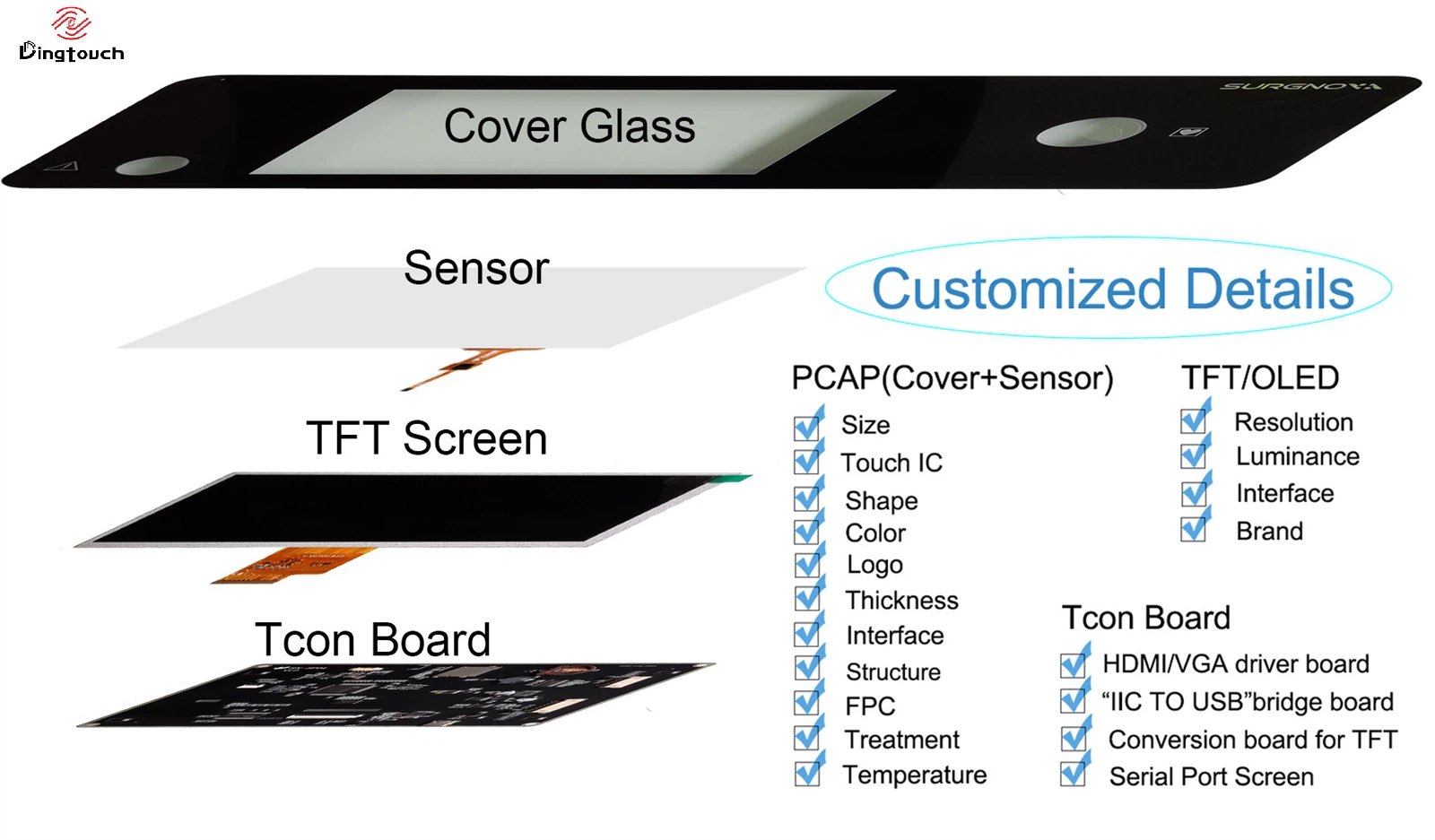
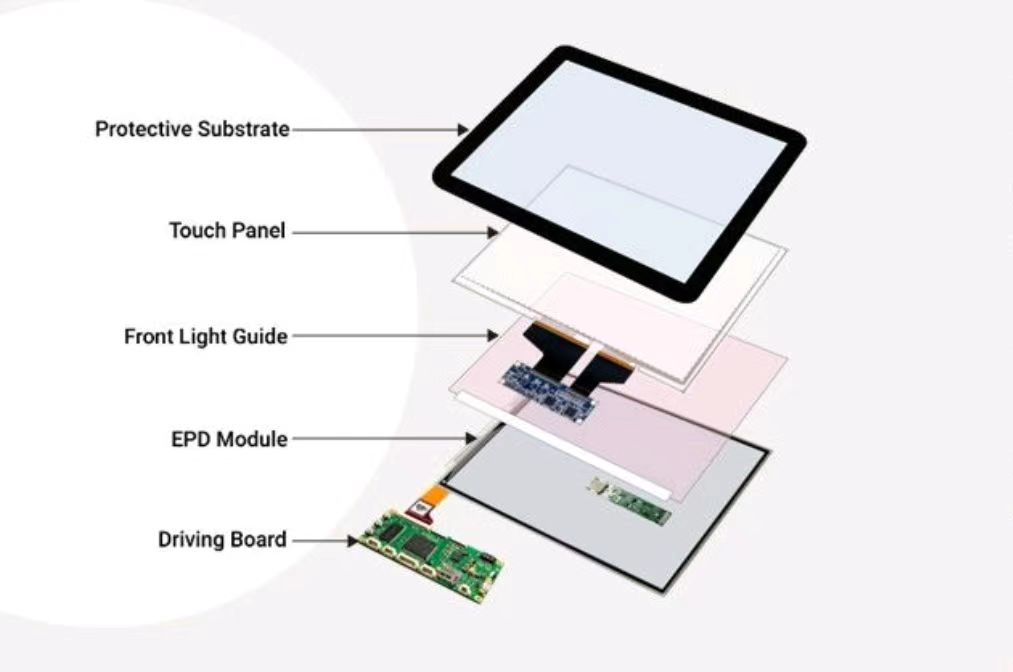


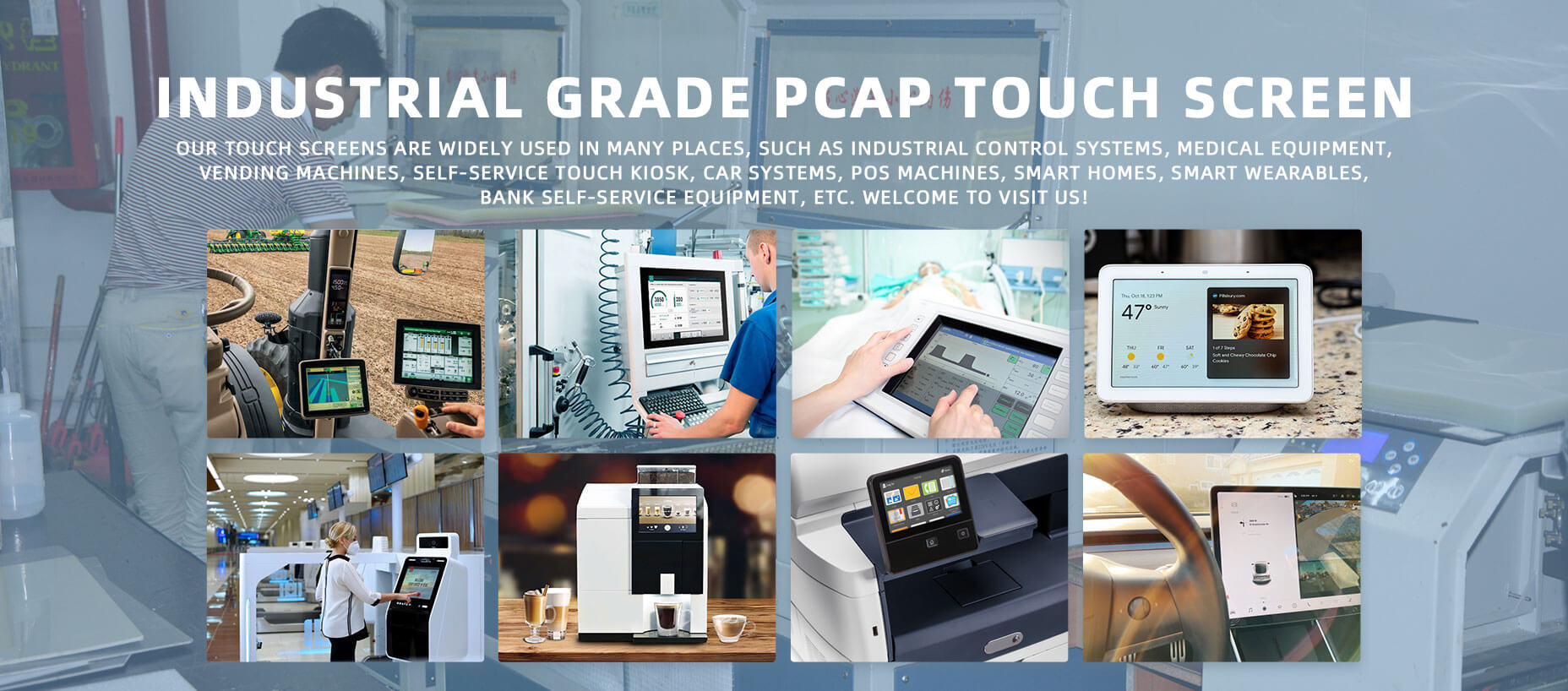
 Dingtouch
Dingtouch